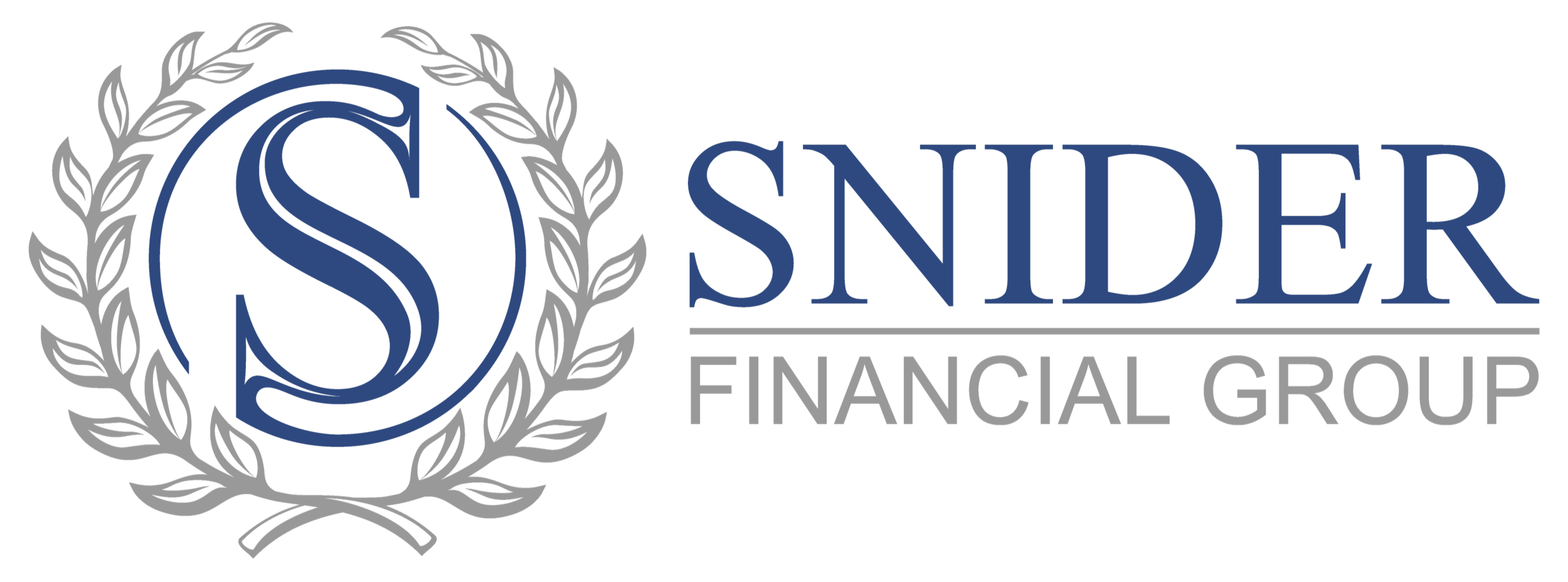Take Steps to Protect Your Confidential Docs
Safeguard your personal, financial and medical records at home and work
With several past and present events involving the White House, data breaches, or classified documents being leaked, the importance of safeguarding confidential information often comes into sharp focus. Of course the unauthorized release of classified information can have serious consequences for national security, as well as for the individuals involved, but so can the release of your classified documents – whatever they may be.
Let’s explore the importance of confidentiality and the steps that can be taken to safeguard your important documents.
Define What it Means to You
In simple terms, confidentiality is the protection of information from unauthorized disclosure. For most of us, this should include:
· Personal information;
· Financial information; and
· Medical records.
When your confidential information is breached, it can lead to serious consequences such as loss of trust, financial loss, and even physical harm.
One of the most important steps in safeguarding your confidential information is to identify what information needs to be protected. Once this information has been identified, it is important to implement security measures to protect it. This should include physical security measures such as locked cabinets and secure storage facilities, as well as electronic security measures such as encryption and password protection.
Where You Work Is Just as Important
Another important aspect of safeguarding confidential information is to train employees on the importance of confidentiality and the proper handling of sensitive information. This includes educating employees on the potential consequences of unauthorized disclosure, as well as providing them with the knowledge and tools they need to protect such information. This can include training on encryption and password protection, as well as on proper document handling and storage procedures.
In addition to training employees, organizations should also implement policies and procedures for handling confidential information. This can include guidelines for handling, storing, and disposing of confidential documents, as well as procedures for handling and reporting incidents of unauthorized disclosure. These policies and procedures should be reviewed and updated regularly to ensure they are in line with current best practices and regulations.
The Pitfalls of the Digital Fortress
In recent years, the rise of digital technology has made it easier to store and share confidential information. However, it has also made it easier for this information to be leaked or stolen.
To protect confidential information in the digital age, organizations should implement strong security measures, such as encryption and multi-factor authentication, to protect electronic documents and data. Additionally, regular backups of important data should be made and stored in a separate, secure location.
Important Disclosures
The opinions voiced in this material are for general information only and are not intended to provide specific advice or recommendations for any individual.
This article was prepared by FMeX.
LPL Tracking #1-05358289
